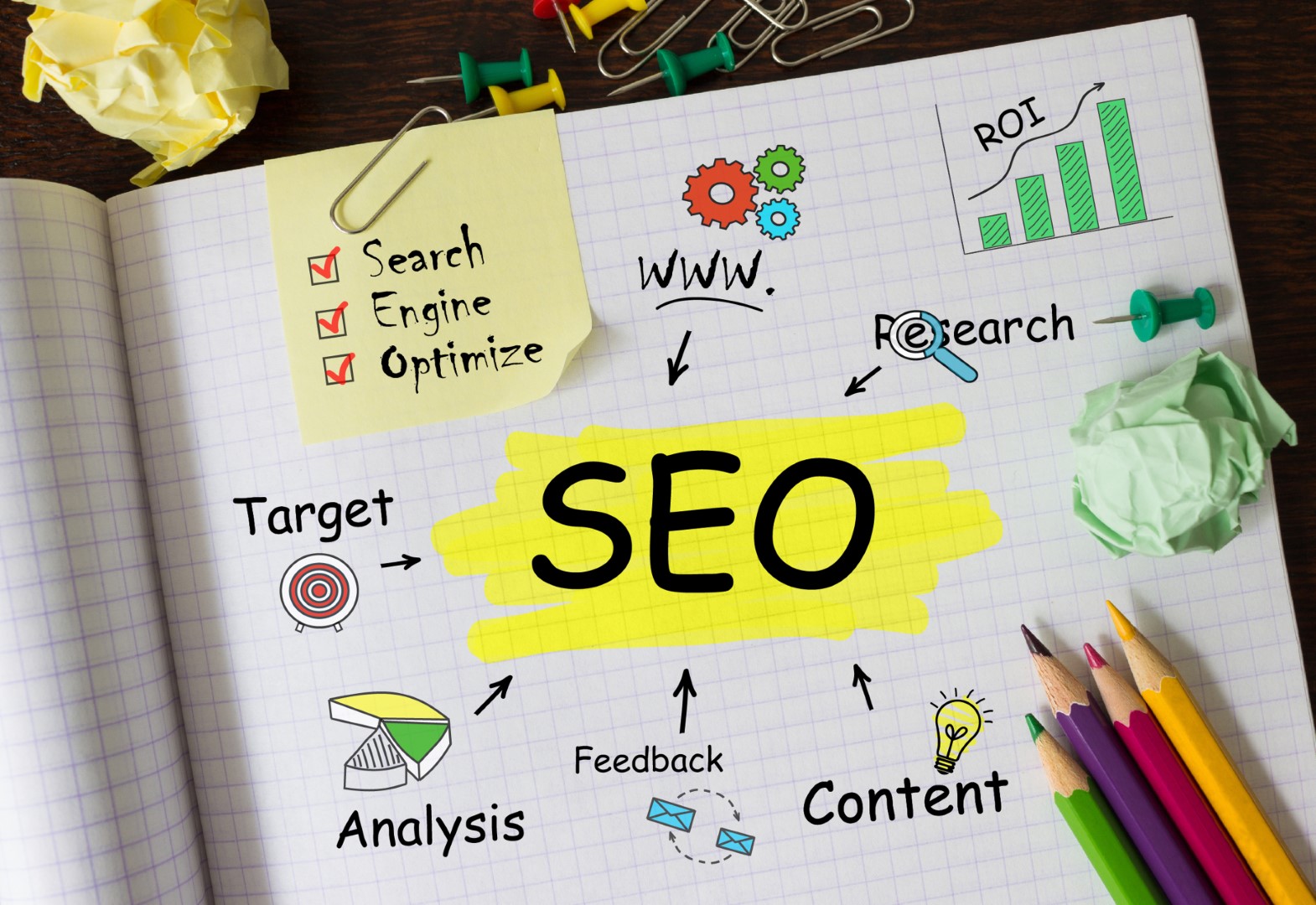Introduction to Content and SEO
In today’s digital landscape, having a strong online presence is crucial for the success of any business or brand. The first step towards achieving this is creating high-quality content optimized for search engines. This is where content and SEO come into play.
Content refers to the information and media that is published on a website or other online platform, while SEO, or search engine optimization, refers to the practice of optimizing this content to increase its visibility and ranking on search engine results pages (SERPs).
In other words, content is the what, and SEO is the how. Together, content and SEO form a powerful combination that can help you attract more organic web traffic and reach a wider audience.
Keyword Research
Keyword research is an important part of the SEO process, as it helps you understand what people are searching for online, and what types of content will be most relevant and valuable to your target audience.
To conduct keyword research, you can use tools such as Google Keyword Planner, SEMrush, or Ahrefs. These tools allow you to enter keywords related to your business or industry and see how many people are searching for these terms and what other related keywords are popular.
When conducting keyword research, it’s important to focus on long-tail keywords (more specific, multi-word phrases) as these are often less competitive and easier to rank for. Additionally, make sure to include your target keywords in your content naturally and organically, as search engines may penalize you for keyword stuffing (unnaturally overusing keywords).
On-page Optimization
On-page optimization refers to the techniques you can use to optimize individual web pages and improve their ranking on SERPs. Some key aspects of on-page optimization include:
- Title tags and meta descriptions
- Title tags appear in the search engine results and provide a brief summary of what the page is about. They should be unique, descriptive, and no more than 70 characters in length.
- Meta descriptions appear under the title tag in the search engine results and provide a brief summary of the page content. They should be no more than 160 characters in length.
- Header tags (H1, H2, H3)
- Header tags help to structure your content and provide a clear hierarchy of information. The H1 tag is the main heading of your page and should only be used once, while H2 and H3 tags can be used for subheadings.
- Image optimization
- Optimizing images can help improve your website’s loading speed, which can positively impact your search engine ranking. Make sure to compress images, add descriptive alt tags, and include relevant keywords in the file name.
- URL structure
- The URL structure of your web pages should be clean and descriptive, with keywords included if possible. Avoid using generic or confusing URLs such as “www.example.com/page123”.
- Internal linking
- Internal linking refers to the practice of linking to other pages within your website. This can help improve the user experience and increase the visibility of your content to search engines.
Off-page Optimization
Off-page optimization refers to the techniques you can use to improve your website’s visibility and ranking through external sources. Some key aspects of off-page optimization include:
- Link building
- Link building refers to the process of acquiring links from other websites back to your own. This can help improve your website’s authority and ranking, as well as increase the visibility of your content to search engines.
- Guest posting
- Guest posting refers to the process of writing articles for other websites in your industry and including a link back to your own website. This can help you reach a wider audience and build your website’s authority.
- Social media marketing
- Social media can be a powerful tool for promoting your content and driving traffic to your website. Make sure to share your content on relevant social media platforms, engage with your followers, and include links back to your website.
Measuring the Results of Your Efforts
Once you’ve implemented your content and SEO strategies, it’s important to measure the results of your efforts in order to make data-driven decisions and continually improve. Some key metrics to track include:
- Setting up Google Analytics
- Google Analytics is a free tool that allows you to track and analyze your website’s traffic and performance.
- Tracking important metrics
- Some key metrics to track include website traffic, bounce rate, time on site, and conversion rate.
- Making data-driven decisions
- By tracking your website’s performance, you can identify areas for improvement and make data-driven decisions to help increase your web traffic and improve your search engine ranking.
Conclusion and Recap
In conclusion, content and SEO are two crucial components of a strong online presence. You can increase your web traffic and improve your search engine ranking by conducting thorough keyword research, optimizing your web pages, and building links from external sources. Additionally, by measuring your results and making data-driven decisions, you can continually improve your content and SEO efforts.
